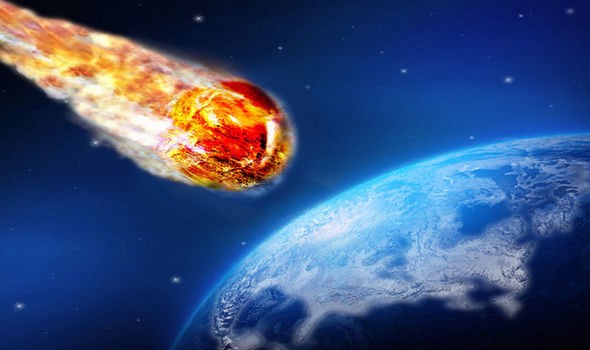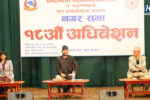WASHINGTON DC: A large near-Earth asteroid will safely pass by our planet on Wednesday morning, providing astronomers with an exceptional opportunity to study the 1.5-mile-wide (2-kilometer-wide) object in great detail.
The asteroid, called 1998 OR2, will make its closest approach at 5:55 a.m. EDT (2:55 a.m. PDT). While this is known as a “close approach” by astronomers, it’s still very far away: The asteroid will get no closer than about 3.9 million miles (6.3 million kilometres), passing more than 16 times farther away than the Moon.
Asteroid 1998 OR2 was discovered by the Near-Earth Asteroid Tracking program at NASA’s Jet Propulsion Laboratory in July 1998, and for the past two decades, astronomers have tracked it.
As a result, we understand its orbital trajectory very precisely, and we can say with confidence that this asteroid poses no possibility of impact for at least the next 200 years.
Its next close approach to Earth will occur in 2079 when it will pass by closer — only about four times the lunar distance.
Despite this, 1998 OR2 is still categorized as a large “potentially hazardous asteroid” because, over the course of millennia, very slight changes in the asteroid’s orbit may cause it to present more of a hazard to Earth than it does now.
This is one of the reasons why tracking this asteroid during its close approach — using telescopes and especially ground-based radar — is important, as observations such as these will enable an even better long-term assessment of the hazard presented by this asteroid.
Close approaches by large asteroids like 1998 OR2 are quite rare.
The previous close approach by a large asteroid was made by asteroid Florence in September 2017. That 3-mile-wide (5-kilometer-wide) object zoomed past Earth at 18 lunar distances.
On average, we expect asteroids of this size to fly by our planet this close roughly once every five years.
Since they are bigger, asteroids of this size reflect much more light than smaller asteroids and are therefore easier to detect with telescopes.
Almost all near-Earth asteroids (about 98%) of the size of 1998 OR2 or larger have already been discovered, tracked and cataloged.
It is extremely unlikely there could be an impact over the next century by one of these large asteroids, but efforts to discover all asteroids that could pose an impact hazard to Earth continue. (ANI)









Comment